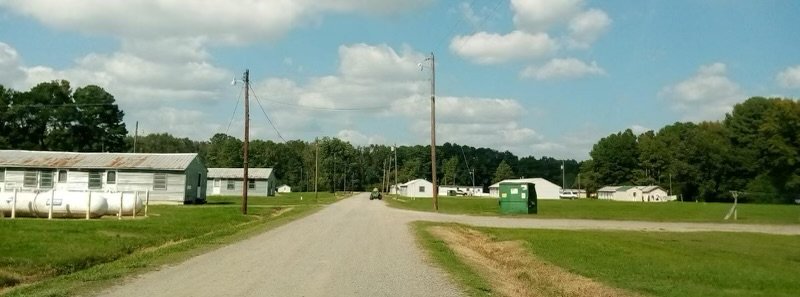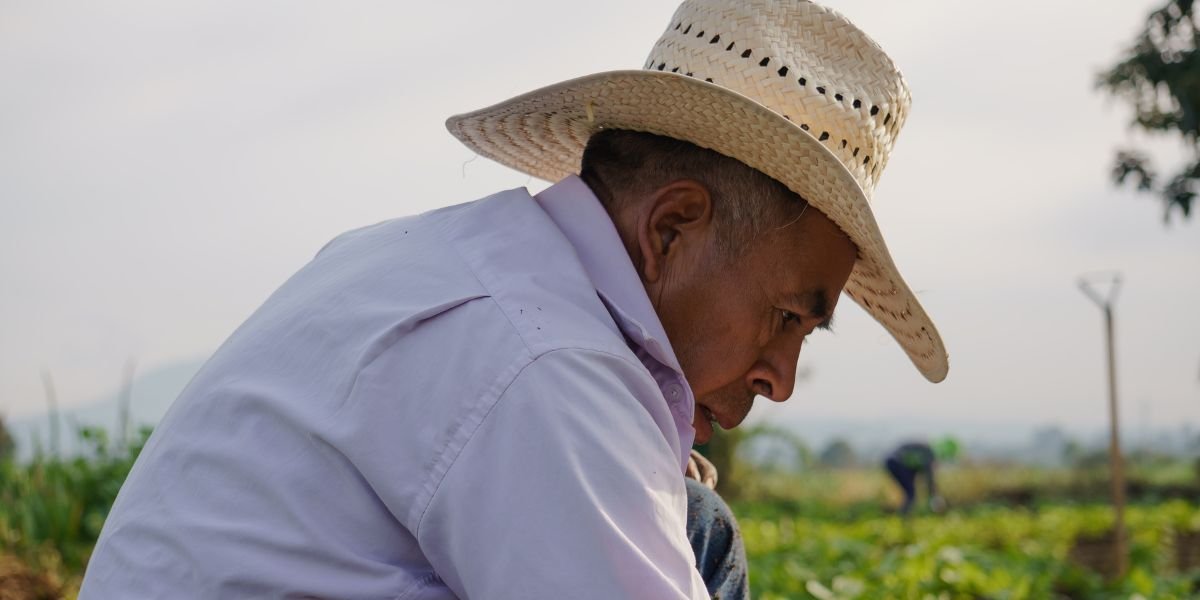RESULTS
Environmental health overview for 2023
The RESPIRAR project is a multi-year research study funded by the National Institute of Health that will take place between September 2022 and June 2027. Our research combines legal and public health analysis with a systems science lens to help us understand the gaps in farmworker health outcomes while uncovering tangible solutions.
We are grateful to everyone participating in this project and are happy to share what we learned in 2023 from our fieldwork on the Eastern Shore.
The 2024 outreach season is underway.
The RESPIRAR outreach team is working with the farmworker community throughout the Eastern Shore to engage with the study.
ABOUT THE PARTICIPANTS
Farmworkers throughout Maryland’s Eastern Shore participated in our project between May and October 2023.
69 participants
completed surveys and nasal swab collections.
12 farmworker housing locations
in Maryland’s Eastern Shore participated.
43 years-old
was the average age of participants.
6% women
Four participants were women.
94% men
Sixty-five participants were men.
71% married
Forty-nine workers were married.
81% Mexican
Fifty-six workers came from Mexico.
18% Haitian
Twelve workers came from Haiti.
42% veteran seasonal farmworkers
29 farmworkers have been returning for seasonal work in Maryland for 8+ years.

HOUSING CONDITIONS
Crowded indoor spaces with poor ventilation increase the risk of transmitting respiratory viruses, including COVID-19 and the flu. Our project evaluates the availability and quality of housing and amenities for farmworkers.
16 people on average lived in the same housing.
3 workers on average shared a bedroom.
4 people on average shared a bathroom.
91% of participants had central air conditioning or window units.
63% had central air conditioning or window units.
52% had access to a clothes dryer.
67% stayed in barracks/camps.
30% lived in single-family homes.
1.4% stayed in trailers.
1.4% stayed in hotels/motels.
Fields of Change: Unearthing the History of Maryland’s Agricultural Labor Camps
Explore one of Maryland’s largest migrant labor camps through our story map. Get started.
COVID-19 TEST RESULTS
The percentage of people testing positive for COVID-19 helps us understand how widespread the infection is in a community. If more than 5% of people in a community test positive for COVID-19, certain precautions should be implemented to help minimize the spread of COVID-19.
Among our participants, 15% of farmworkers tested positive in May and 16% in September and October. Most of the positive test results came from participants living in barracks-style housing.
INDOOR AIR QUALITY
Healthy indoor air is key to helping reduce exposure risk from respiratory viruses, including COVID-19 and the flu. Using a small Omni device, we measured indoor air quality with permission from four housing locations. Overall, indoor air quality was “fair,” with an average score of 70. A score of 80 or higher is what we would like to see.
Particulate Matter (PM) 2.5 Levels
Particulate matter (PM) 2.5 is very fine dust that can harm your lungs and heart. Generally, PM 2.5 levels were good across housing locations but reached unsafe levels in the evening as people returned from work and cooked.
Carbon Dioxide (CO₂) Levels
Carbon dioxide or CO₂ builds up indoors by the air we exhale, especially in buildings with poor ventilation. CO₂ reached unhealthy levels in all housing locations, especially overnight when all workers were home. Higher levels of CO₂ can facilitate the spread of respiratory viruses.
What did we learn?
Farmworkers are still at risk of being exposed to COVID-19. Our findings show that participants experienced spikes of COVID-19 outbreaks, affecting up to 16% of participants. CO₂ and PM 2.5 typically reached unhealthy levels overnight and while workers cooked.
We provided follow-up rapid COVID-19 tests, referred participants to healthcare providers, and communicated appropriate guidance from the CDC via WhatsApp messaging. Our team also shared simple and effective strategies workers can take to improve indoor air quality.



















